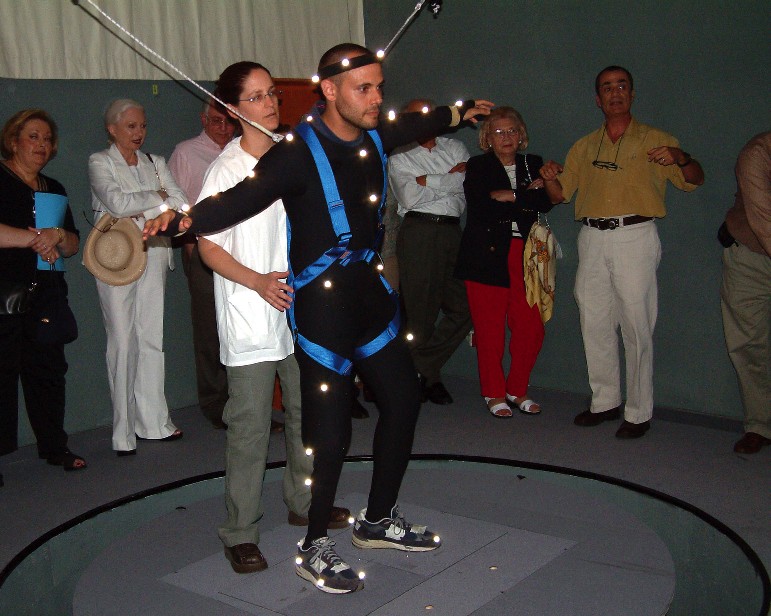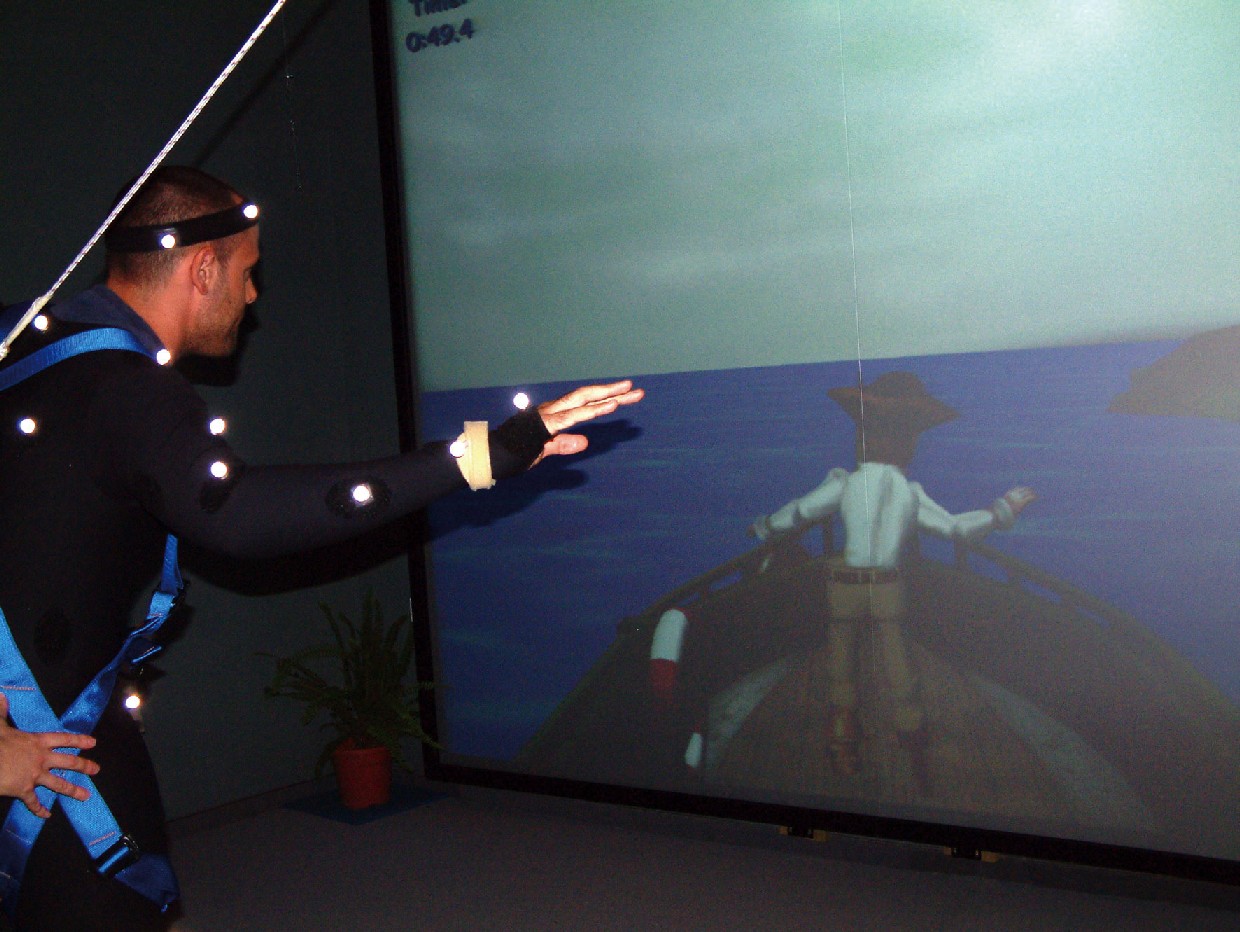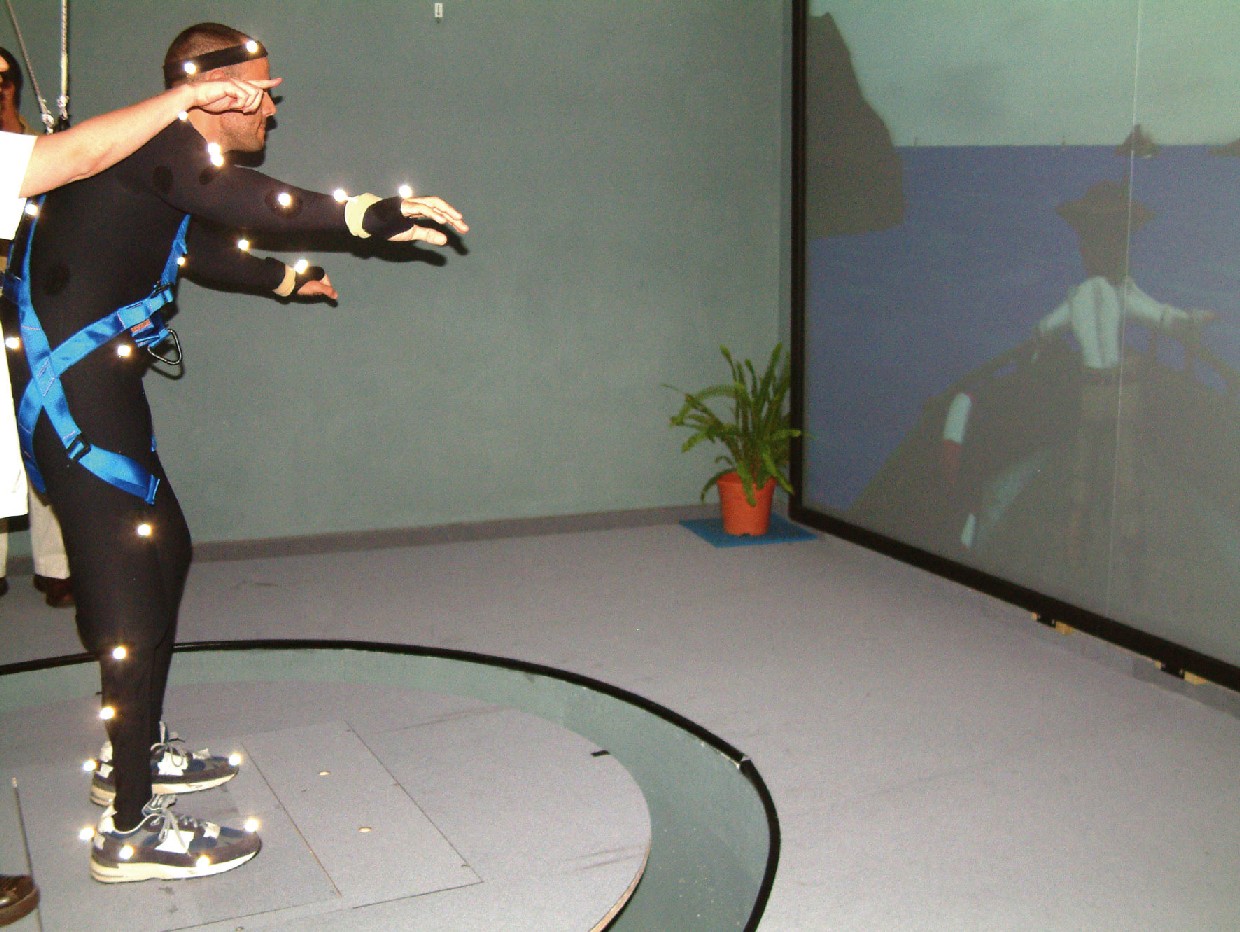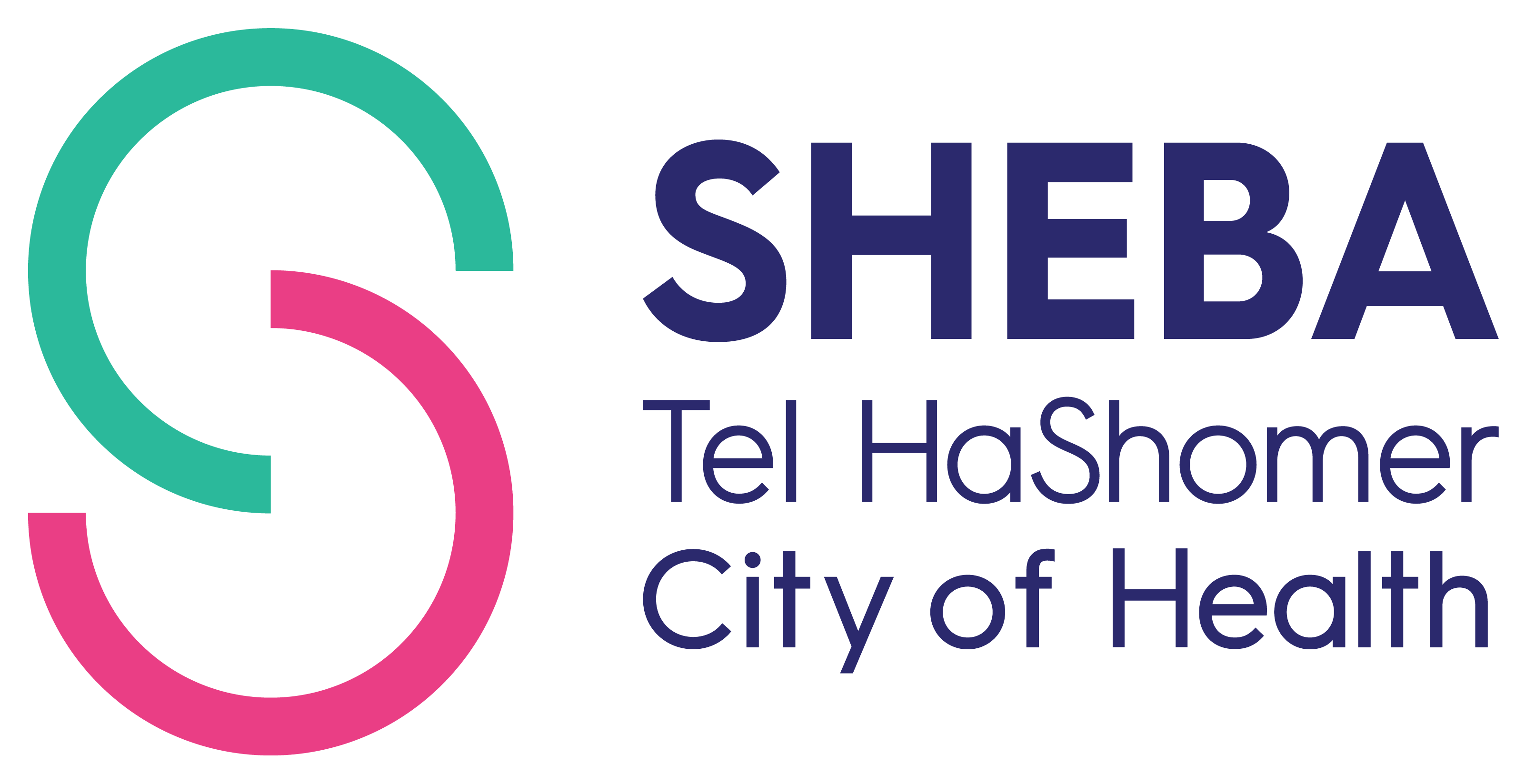The Virtual Reality Training Facility
A World-Class Breakthrough in Rehabilitation Medicine
The Rehabilitation Hospital at the Sheba Medical Center is a leader in developing new technologies for advanced orthopedic and neurological rehabilitation. The hospital adapts the latest advances in Israeli high technology for rehabilitation medicine, allowing for a speedier and more successful recovery rate for many patients.
Among the innovative medical technologies pioneered in the Sheba Rehabilitation Hospital are the Virtual Reality Training Facility, the Computerized Motion Analysis Laboratory, and the Isokinetic Laboratory.
The Virtual Reality Training Facility incorporates the latest advancements in computerized technology, sensors and video analysis to speed the rehabilitation of patients who have lost a leg, for example, through immersion in a fully reactive virtual and physical environment.

This one-of-its-kind facility - the only such facility in clinical use worldwide - uses simulation technologies to provide patients with walking and running experiences that he/she will confront in the outside world -- without the need of being physically present at a real location.
Computer Assisted Rehabilitation Environment
The facility employs a pioneering technology called Computer Assisted Rehabilitation Environment (CAREN). A breakthrough multi-sensory system for diagnostics, rehabilitation, evaluation and registration of human balance characteristics and movement control, the system enables the creation of a variety of experiences in a controlled and repeatable environment by using several virtual reality principals.
CAREN combines a motion platform (that enables manipulation of the surface on which the person is standing), a three-dimensional large-screen video projection, a real-time motion capture system, and graphics workstation.
The system simulates daily activities like taking a walk in an urban environment, driving a car, hiking up and down a mountain or driving a boat in order -- forcing the patient to learn how to balance himself and react to all situations. While standing on a new prosthetic leg, for example, such situations can be very challenging. Moreover, the system allows the patient to control and influence the surface he/she is standing on, in a dynamic and active way.

A powerful computer system directs the motion platform. Movements of the platform are performed in synchronization with images on the 3-D video screen set in front of the patient. Through motion sensors, the system monitors patient movements. Then, through the use of a real-time motion capture system, the computer responds to the patient's movements.
These conditions demand total concentration and awareness of posture, balance and locomotion, and thus new and unexplored possibilities unfold. Therapists can thus measure and scrutinize a patient's progress in real-life situations, and empower their patients with new balance and motion strategies.
Dramatic Rehabilitation Benefits Training in the Virtual Reality Training Facility has been shown to have many dramatic benefits, including:
- more precise and appropriate diagnostic analysis, and evidence based evaluation and intervention -- all of which decrease the time needed for successful rehabilitation and provide for a more complete rehabilitation process
- more exact and faster fitting of orthotics for paraplegics and quadriplegics, and of prosthetics for both upper and lower extremity amputees
- speedier shrinking of amputated limbs, allowing for more exact fitting of orthotics and accelerated training programs in running, walking and other everyday movements
- a supportive and private environment in which patients can regain their confidence and self-esteem in a controlled setting that gives them immediate feedback
- better ability to deal with post-traumatic emotional problems, since the system helps patients process the traumatic experience and improve their self-confidence
Patients that benefit from training in the Virtual Reality Training Facility, include:
- Patients with motion disturbances such as: Parkinson's, Stroke, Multiple Sclerosis
- Amputees: Improvement of prosthetic fitting, balance, gait and high performance skills (sports and recreation)
- Spinal Cord Injury (Paraplegia & Quadriplegia): Mobility in challenging environments, balance (in wheelchair or standing), and gait
- Behavioral: treatment of phobias (lift, height, flight) as well as Post Traumatic Stress Disorder (re-living the traumatic experience in a controlled and safe environment)
These manifold rehabilitation possibilities, and the proven treatment successes, have attracted wide attention. Rehabilitation experts from the U.S., U.S. Armed Forces, Canada, Asia, and many countries in Europe have visited the facility and sent their personnel for training at the Sheba facility.
The facility is extensively used to rehabilitate wounded personnel of the Israel Defense Forces. (See here for a brief film from Israel television news about the rehabilitation in the Virtual Reality Training Facility of a high-ranking IDF officer).
The Virtual Reality Training Facility was developed by a company called Motek (www.e-motek.com), and adapted for clinical use in rehabilitation medicine by Dr. Tzaki Siev-Ner, head of Orthopedic Rehabilitation at Sheba.
The facility is operated by Orit Elion of the Sheba Orthopedic Rehabilitation physiotherapy department.










